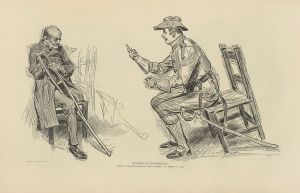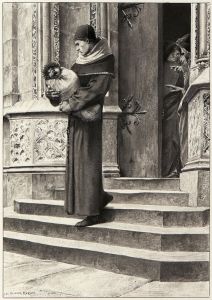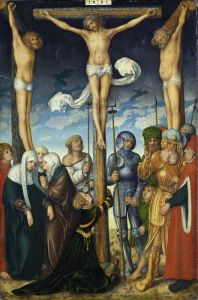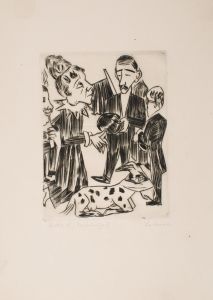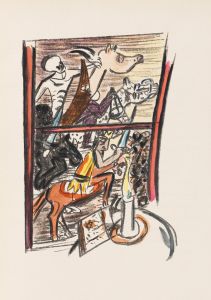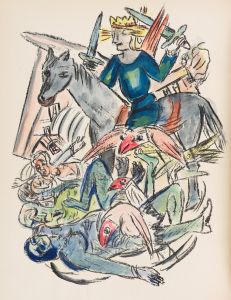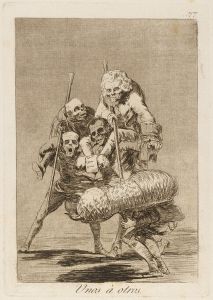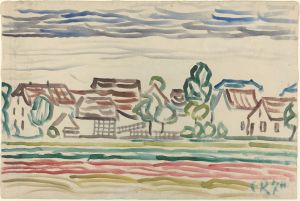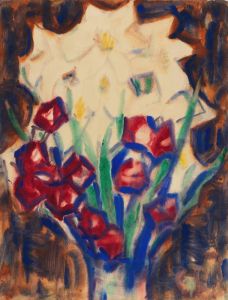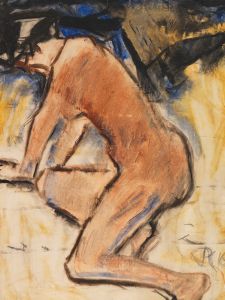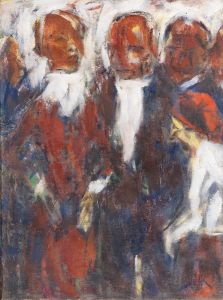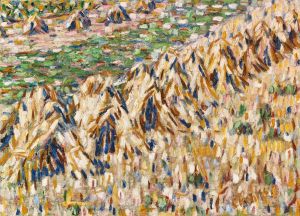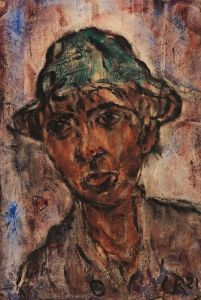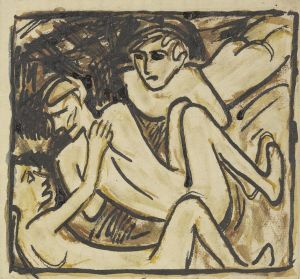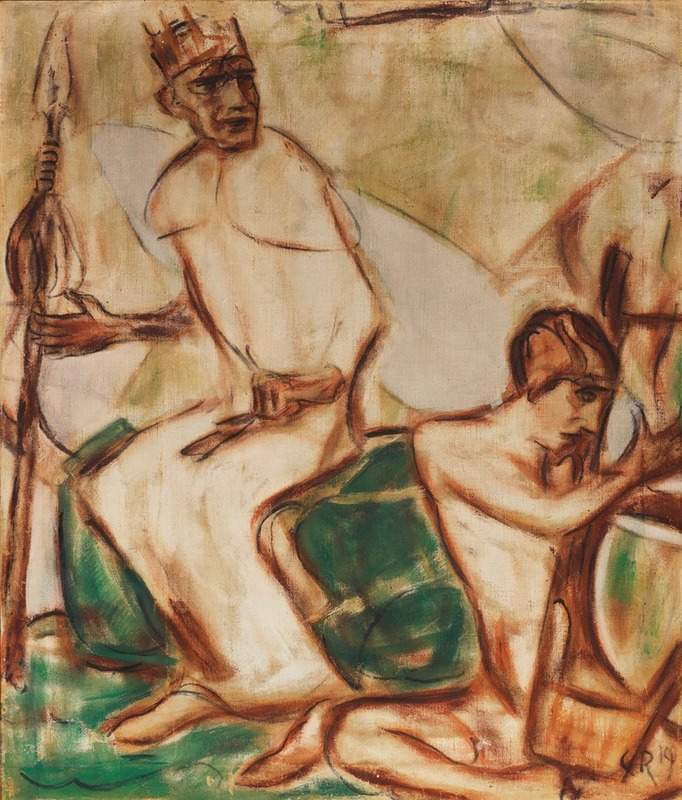
David und Saul
A hand-painted replica of Christian Rohlfs’s masterpiece David und Saul, meticulously crafted by professional artists to capture the true essence of the original. Each piece is created with museum-quality canvas and rare mineral pigments, carefully painted by experienced artists with delicate brushstrokes and rich, layered colors to perfectly recreate the texture of the original artwork. Unlike machine-printed reproductions, this hand-painted version brings the painting to life, infused with the artist’s emotions and skill in every stroke. Whether for personal collection or home decoration, it instantly elevates the artistic atmosphere of any space.
Christian Rohlfs was a German painter known for his contributions to expressionism, and his work "David und Saul" is one of his notable pieces. Rohlfs was born on December 22, 1849, in Groß Niendorf, Germany, and he became one of the leading figures in German expressionism. His artistic journey began in the late 19th century, and he continued to create impactful works until his death in 1938.
"David und Saul" is a painting that reflects Rohlfs' mature style, characterized by bold colors and dynamic forms. The painting depicts the biblical story of David and Saul, a popular subject in art history. The narrative comes from the Old Testament, where David, the future king of Israel, plays the harp to soothe King Saul, who is tormented by an evil spirit. This story has been interpreted by many artists over the centuries, but Rohlfs' expressionist approach brings a unique emotional intensity to the scene.
Rohlfs' use of color and form in "David und Saul" is emblematic of his expressionist style, which often focused on conveying emotion rather than realistic representation. The painting likely features vivid colors and exaggerated forms to capture the psychological tension between the two figures. Rohlfs was known for his ability to convey deep emotion through his work, and "David und Saul" is no exception, as it explores themes of jealousy, madness, and the power of music.
Throughout his career, Rohlfs was influenced by various art movements, including impressionism and post-impressionism, but he eventually developed his own distinct expressionist style. He was associated with the Brücke group, although he was not a formal member. His work was well-regarded in Germany and beyond, and he was a respected figure in the art community.
Rohlfs spent much of his career in Hagen, Germany, where he was supported by the art collector Karl Ernst Osthaus. Osthaus founded the Folkwang Museum, which became an important center for modern art, and Rohlfs' work was prominently featured there. Despite facing challenges during the Nazi regime, which condemned modern art as "degenerate," Rohlfs continued to paint until his death.
"David und Saul" is a testament to Rohlfs' skill in capturing complex human emotions and his ability to translate biblical narratives into modern expressionist art. The painting remains an important part of Rohlfs' oeuvre and contributes to his legacy as a pioneer of expressionism. His works are held in various collections, and he is remembered as a significant figure in the development of modern art in Germany.





